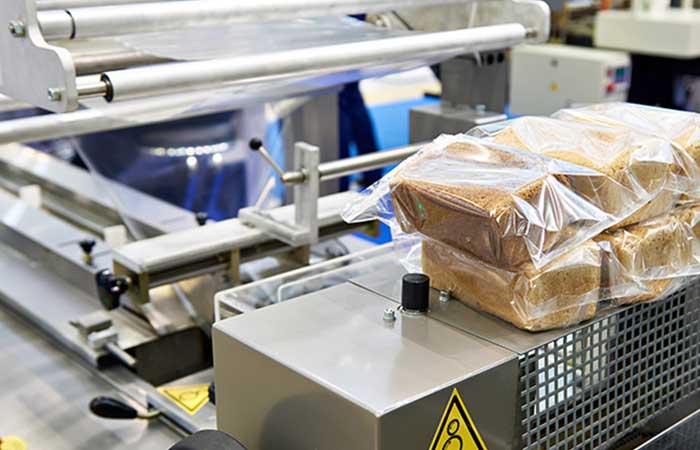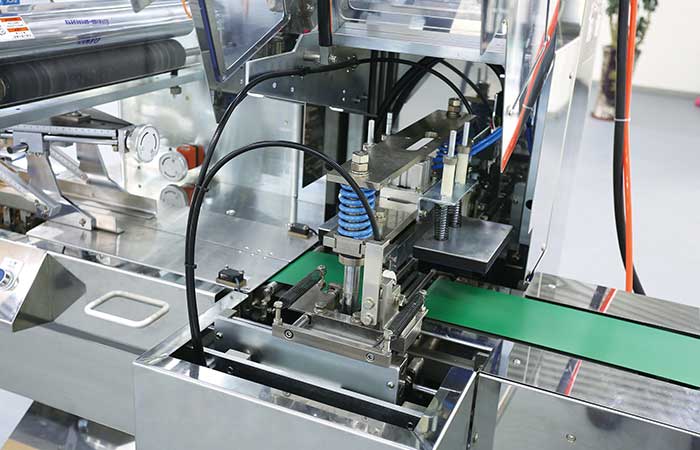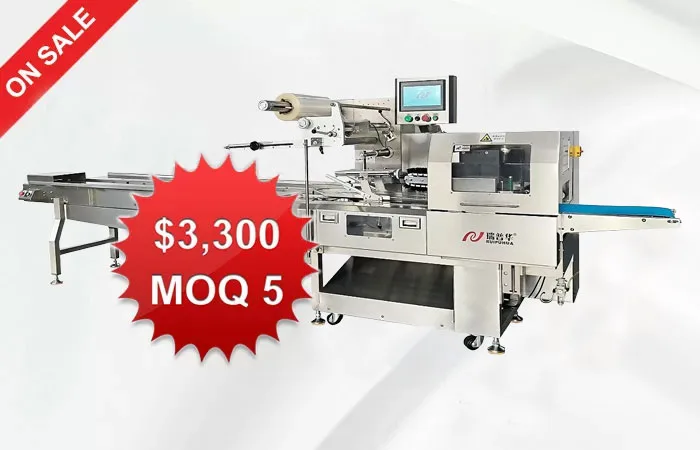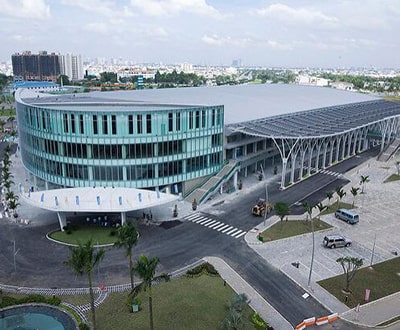Innovative Instrument Air System Solutions for Industrial Applications
Innovative Solutions for Instrument Air Systems
Instrument air systems are essential components in various industrial applications, providing clean and dry compressed air to operate pneumatic tools, valves, and instruments. As industries evolve, the demand for more efficient and reliable instrument air systems continues to grow. In this blog post, we will explore some innovative solutions that are revolutionizing the way instrument air systems are designed and maintained.
1. Smart Monitoring and Control Systems
One of the key advancements in instrument air systems is the integration of smart monitoring and control systems. These systems utilize sensors and data analytics to continuously monitor the performance of the air compressors, filters, and dryers, providing real-time insights into system health and efficiency. By adopting smart monitoring solutions, industrial plants can prevent unexpected downtime, optimize energy consumption, and reduce maintenance costs.
2. Energy-Efficient Air Compressors
Energy efficiency is a top priority for many industries seeking to reduce their carbon footprint and operating costs. The latest generation of air compressors incorporates advanced technologies such as variable speed drives, high-efficiency motors, and improved compressor designs to minimize energy consumption while maintaining reliable air supply. These energy-efficient compressors not only lower operational expenses but also contribute to sustainable industrial practices.
3. Modular Air Treatment Units
Modularity is a growing trend in the design of instrument air systems, enabling flexible and scalable solutions to meet varying operational needs. Modular air treatment units combine filtration, drying, and pressure regulation processes into compact, pre-engineered modules that can be easily integrated or expanded as required. This modular approach simplifies installation, reduces footprint, and enhances system reliability by allowing for quick maintenance and replacement of individual components.
4. Remote Monitoring and Maintenance
With the rise of Internet of Things (IoT) technology, remote monitoring and maintenance capabilities have become more accessible for instrument air systems. By connecting system components to a cloud-based platform, operators can remotely access performance data, receive alerts for potential issues, and even perform diagnostics and maintenance tasks from a centralized dashboard. This remote monitoring functionality enhances system reliability, minimizes downtime, and enables predictive maintenance practices to prolong equipment lifespan.
5. Integrated Energy Recovery Systems
Energy recovery systems offer a sustainable solution to capture and reuse the heat generated during the compression process. By integrating energy recovery technologies such as heat exchangers and thermal storage units, instrument air systems can recover waste heat and repurpose it for heating applications or other industrial processes. This innovative approach not only reduces energy consumption but also enhances overall system efficiency by maximizing resource utilization.
6. Enhanced Safety and Compliance Features
Ensuring safety and regulatory compliance is paramount in industrial environments where instrument air systems operate. Manufacturers are introducing enhanced safety features such as automated leak detection systems, pressure relief valves, and compliance monitoring tools to mitigate risks and maintain operational integrity. By prioritizing safety and compliance, industrial plants can safeguard their workforce, equipment, and reputation while achieving operational excellence.
7. Continuous Innovation and Collaboration
As technology continues to advance, the landscape of instrument air systems will evolve to meet the changing needs of industries. Continuous innovation, supported by collaborative efforts between equipment manufacturers, system integrators, and end-users, will drive the development of next-generation solutions that optimize performance, sustainability, and reliability. By fostering a culture of innovation and collaboration, the future of instrument air systems holds promising possibilities for enhancing industrial productivity and efficiency.
Conclusion
In conclusion, the rapid pace of technological advancement is reshaping the design, operation, and maintenance of instrument air systems in industrial applications. By embracing innovative solutions such as smart monitoring systems, energy-efficient compressors, modular air treatment units, and remote maintenance capabilities, industrial plants can optimize their instrument air systems for improved performance, sustainability, and compliance. With a focus on continuous innovation and collaboration, the future of instrument air systems promises to deliver even greater efficiency and reliability to support the evolving needs of modern industries.
-
 01
01Further Discussion About Protein Bar Packing Machinery
27-02-2024 -
 02
02Sustain The Best Crispy With Automatic Packaging Machines
29-01-2024 -
 03
03Bread Packing Machine For Bakery Business
19-01-2024 -
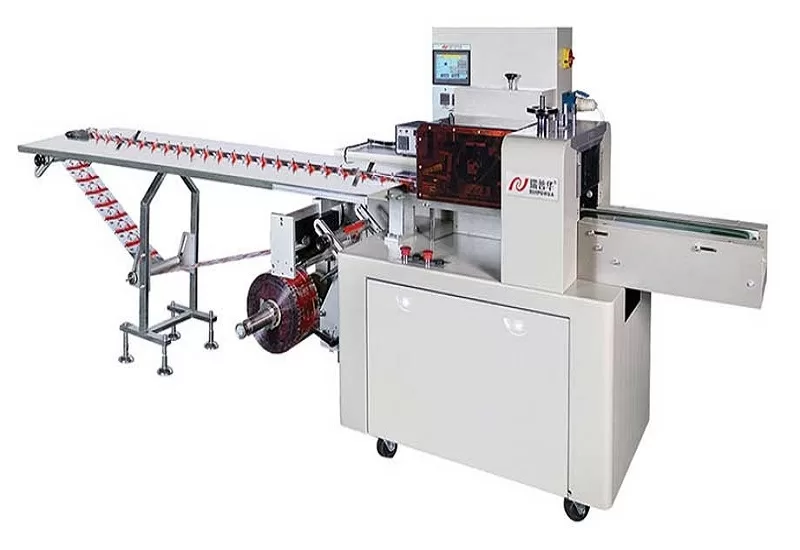 04
04How Flow Wrappers Are Adapting to Changing Trends
01-11-2023 -
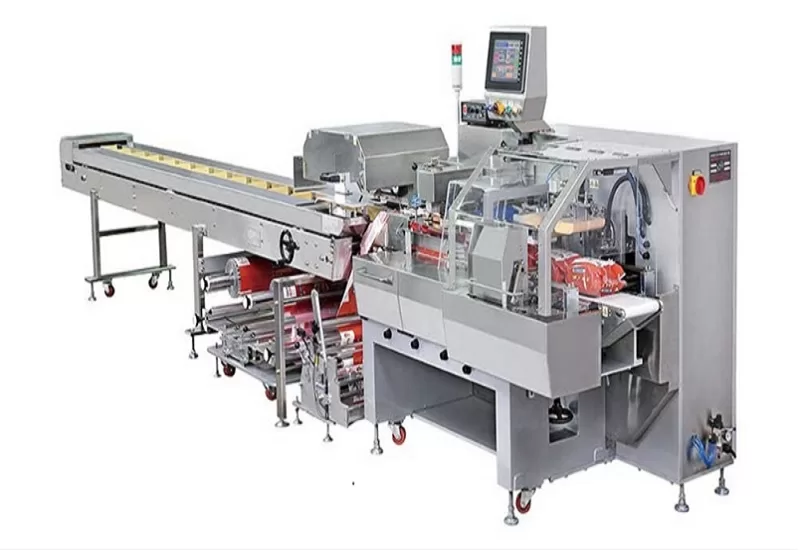 05
05The Comprehensive Guide to Packaging Machinery
31-10-2023 -
 06
06Automatic Cookie Packaging System Performance
01-09-2023 -
 07
07Streamlining Biscuit Packaging with Multipack Biscuit Packaging Machines
25-08-2023 -
 08
08From Assembly To Shipping: The Energy Bar Packaging Machine Does All
28-02-2023 -
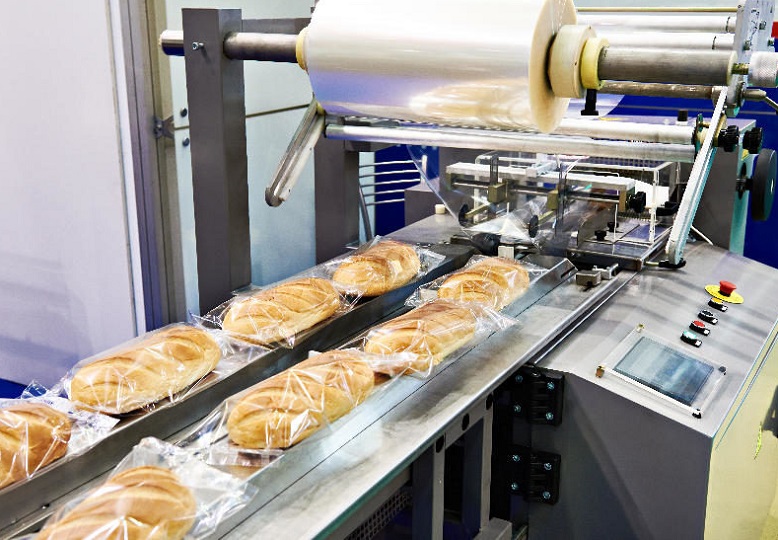 09
09Maximizing Efficiency With Food Packaging Machine Technology
22-02-2023 -
 10
10Clients Hunt For Professional And Functional Packaging Machine
10-11-2022



